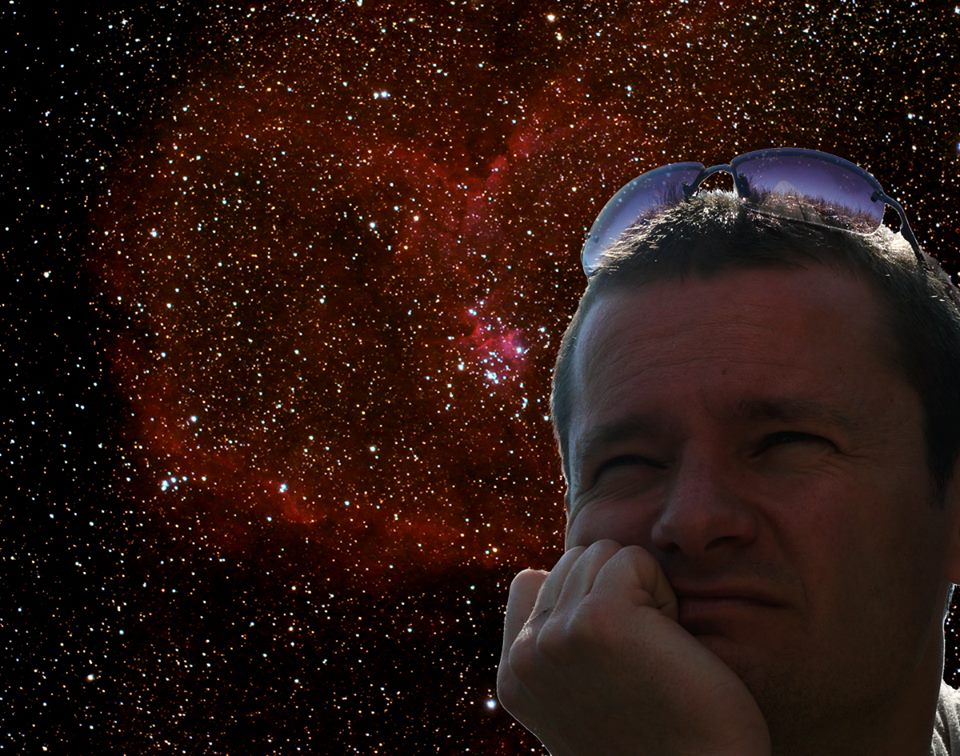“My name is Jeremy Hunt and I live in the north of England (UK) in a beautiful place called the Lake District.
As the name of the area implies, there is a lot of rain here so catching as many photons as possible is really important to me.”
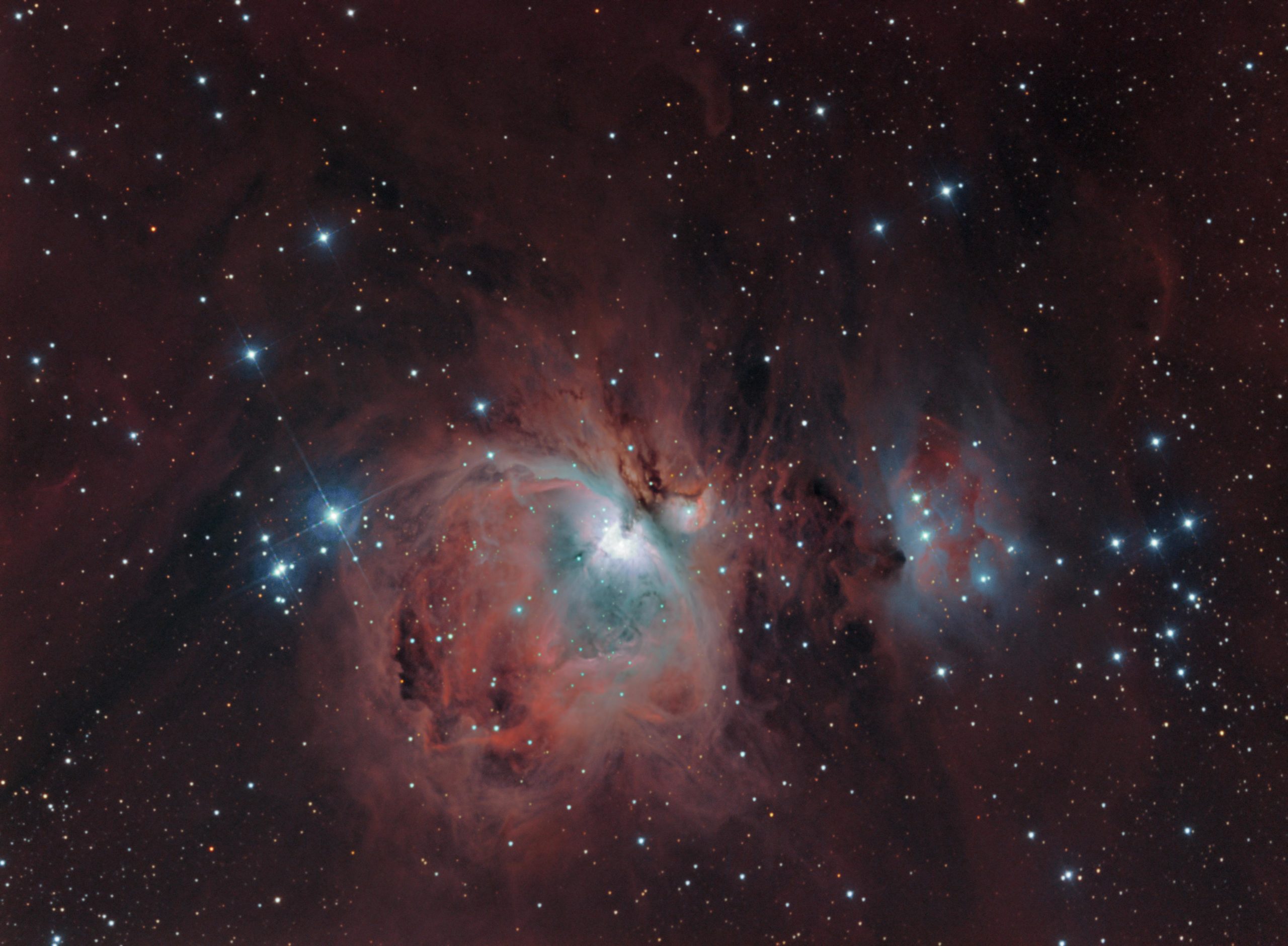 【M42_43 The Great Orion Nebula】
【M42_43 The Great Orion Nebula】
The Great Orion Nebula. Total integration time ~2 hours. Taken 07.01.2018 from Cumbria (UK)
Rig 1:
Takahashi E130 with QHY163M
Rig 2:
TS INED70 0.8x with QHY23M
Exposures:
Luminance – 3 x 300s
Luminance – 20 x 10s (core)
R, G, B (each) – 3 x 180s
R, G, B (each) – 10 x 10s (core)
H-Alpha – 12 x 300s (QHY23)
H-Alpha – 17 x 30s (QHY23)
H-Alpha – 3 x 300s (QHY163)
H-Alpha – 6 x 30s (QHY163)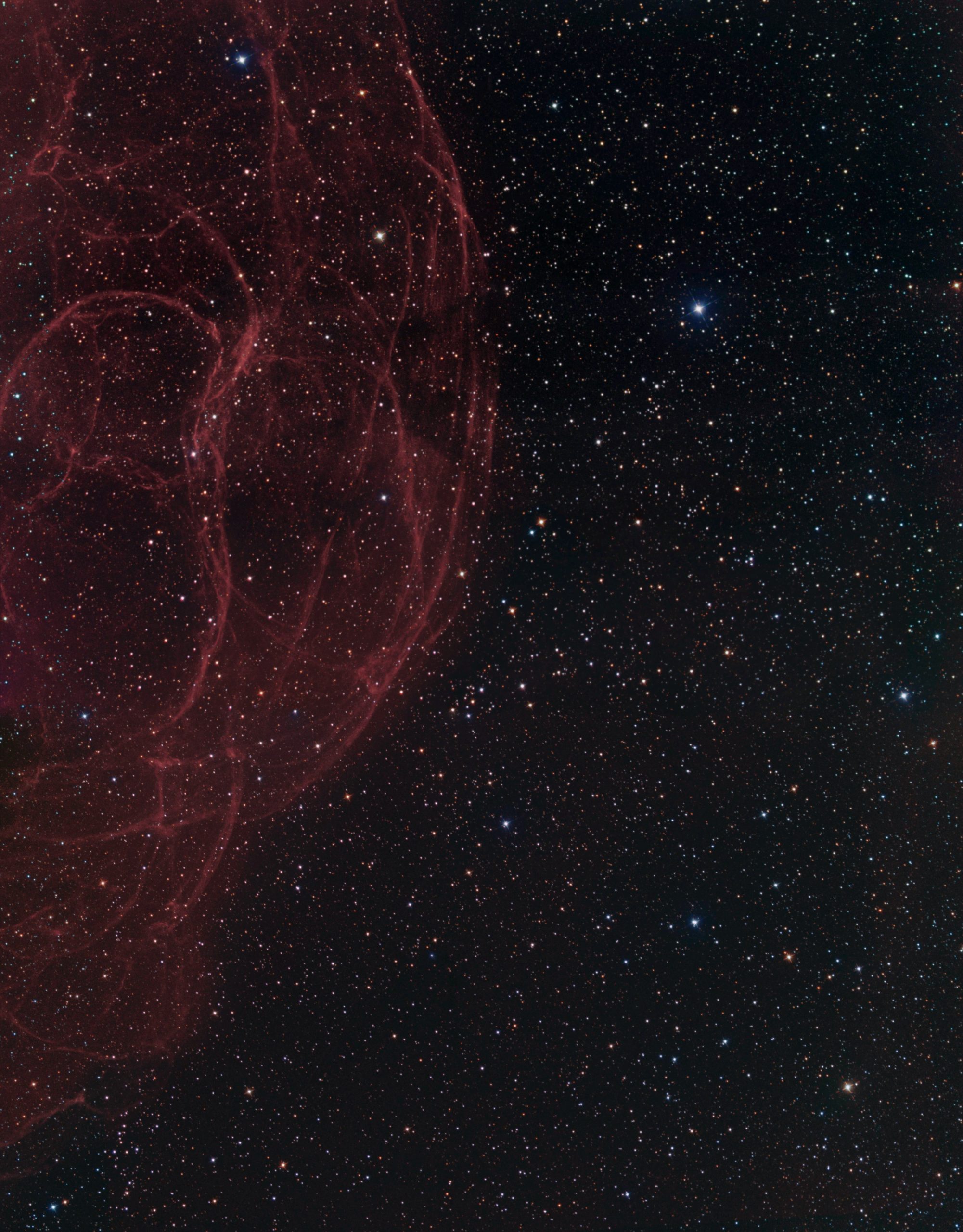 【S-147】
【S-147】
A small portion of Simeis-147, which will become part of a much larger mosaic eventually. This image incorporates data from two rigs, shooting simultaneously. The H-alpha was mapped into the red channel and used for Luminance.
Taken 07/01/2018 from Cumbria (UK).
Rig 1: QHY23 mono with TS INED70
Focal length: 336mm f/4.8
Rig 2: QHY163 mono with Takahashi E130
Focal length: 430mm f/3.3
Exposures: H-alpha (rig 1) – 23 x 600s H-alpha (rig 2) – 12 x 600s
Red (rig 2) – 8 x 300s Green (rig 2) – 7 x 300s Blue (rig 2) – 6 x 300s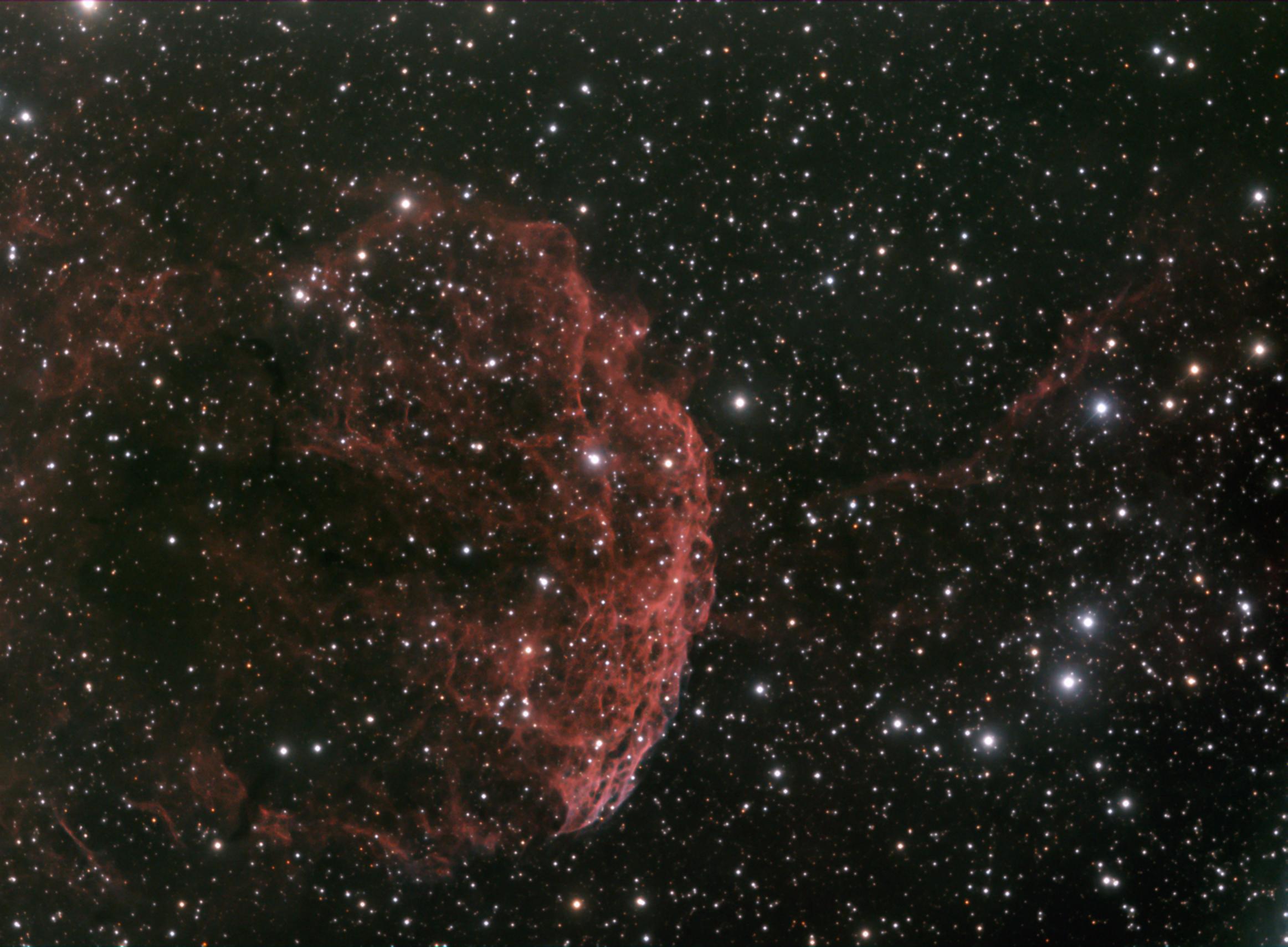 【IC443】
【IC443】
Details:
IC443 in Gemini. Taken 12/11/17 from Cumbria (UK)
Camera: QHY163M @ -20oC
Scope: Skywatcher MN190
Focal length: 1000mm f/5.2
Total exposure 4.3 hours
Luminance: 14 x 600s bin2
R, G, B: 8 x 300s bin 2 per filter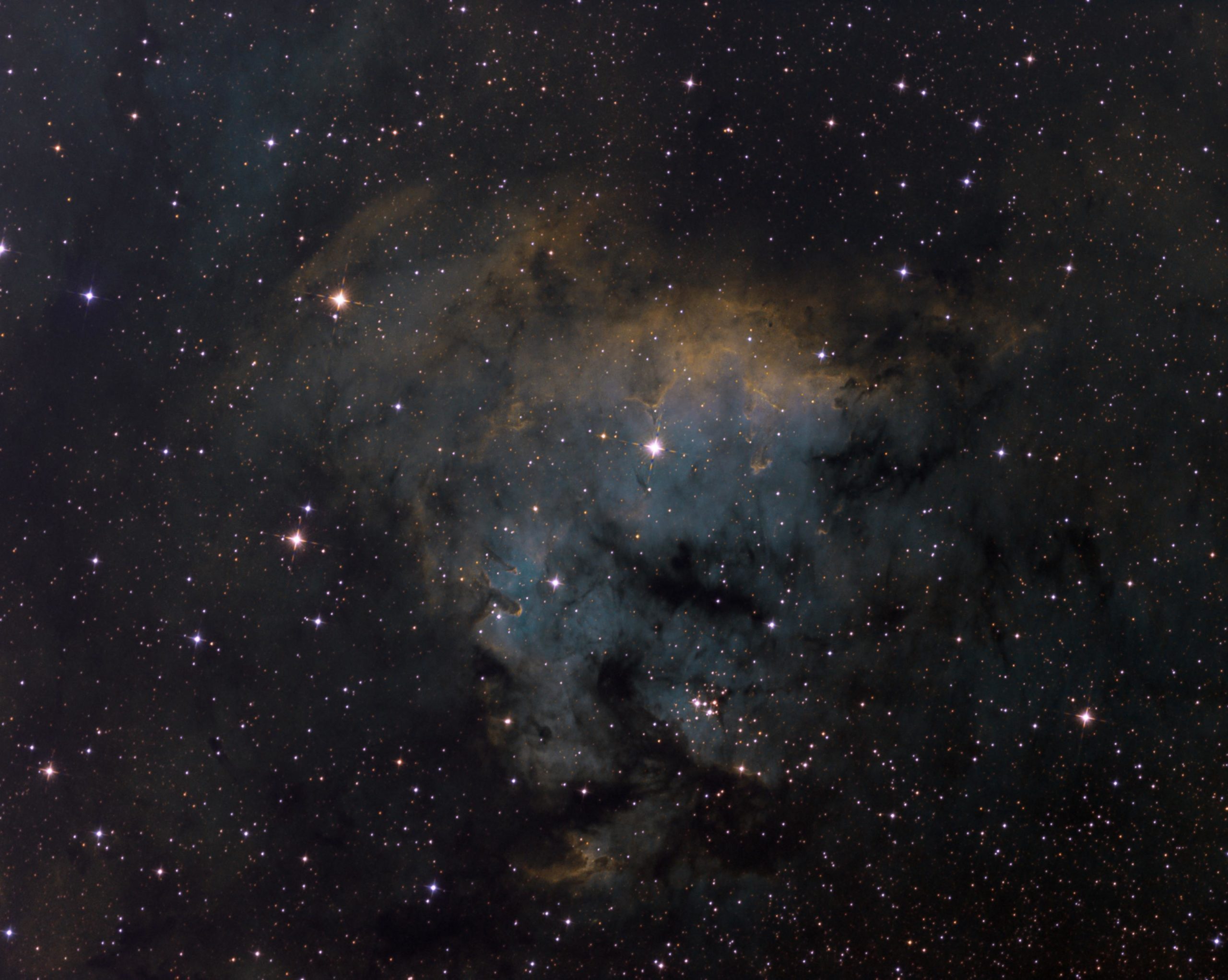 【NGC7822】
【NGC7822】
Details:
NGC7822 in Cepheus. A star forming nebula, containing a young cluster of stars catalogued as Berkeley 59.
Taken over two nights 5th & 12th November 2017 from Cumbria (UK)
Camera: QHY23 mono
Scope: Takahashi E130
Focal length: 430mm f/3.3
Total exposure time: 6.3 hours
A Hubble Palette image (SHO) comprising:
Sulfur-ii: 9 x 600s bin 2×2
Hydrogen-Alpha: 16 x 600s bin1
Oxygen-iii: 13 x 600s bin 2×2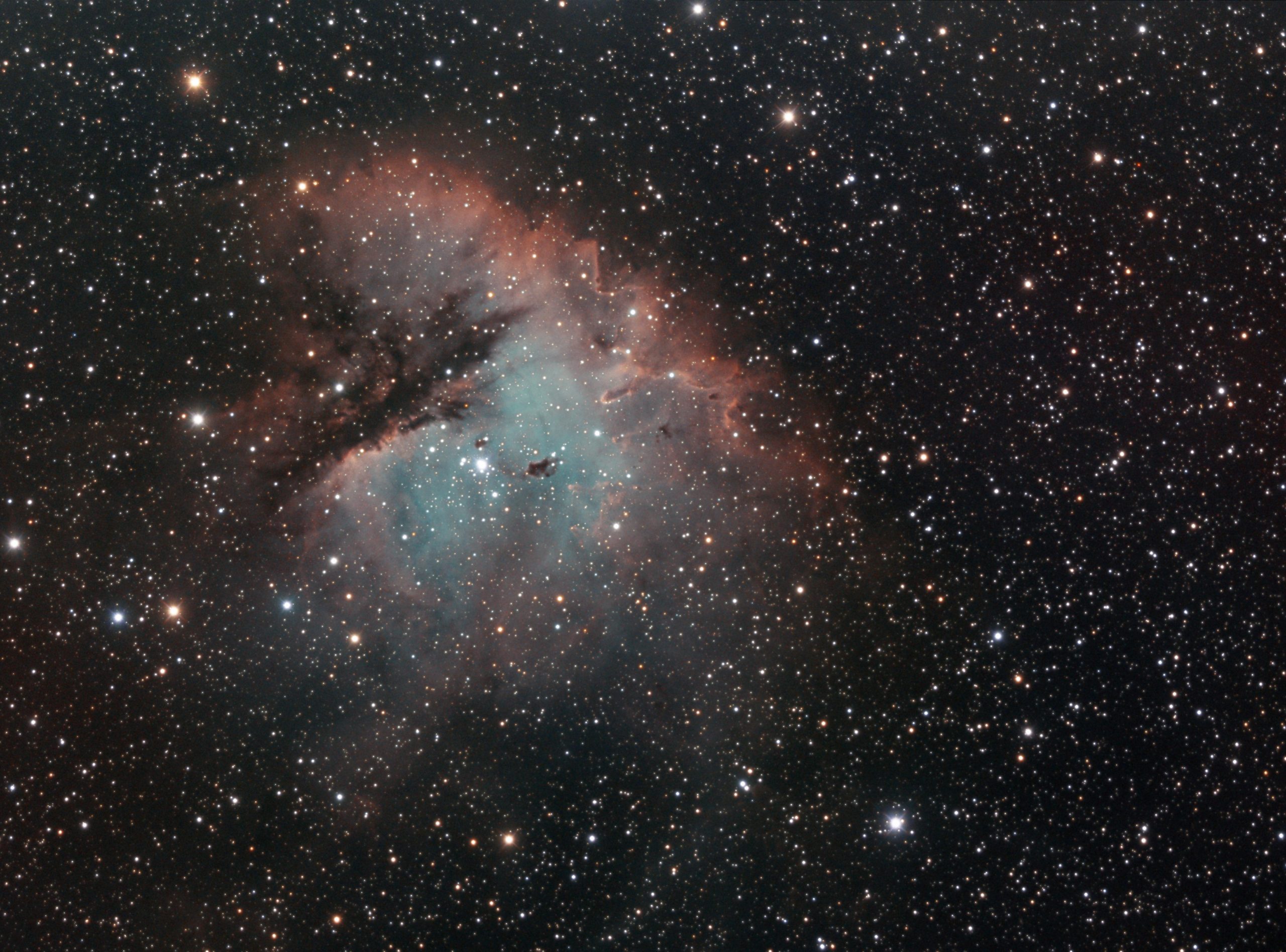 【NGC281】
【NGC281】
Details:
NGC281 – a combined broadband and narrowband image, taken on 1st Sept 2017 from Cumbria (UK).
Narrowband data:
QHY23 mono with Takahashi E130 (430mm f/3.3)
S-ii (6x600s) Ha (8x600s) O-iii (6x600s)
RGB data:
QHY163M with Skywatcher MN190 (1000mm f/5.2)
Luminance (22x180s), RGB (20x120s each filter)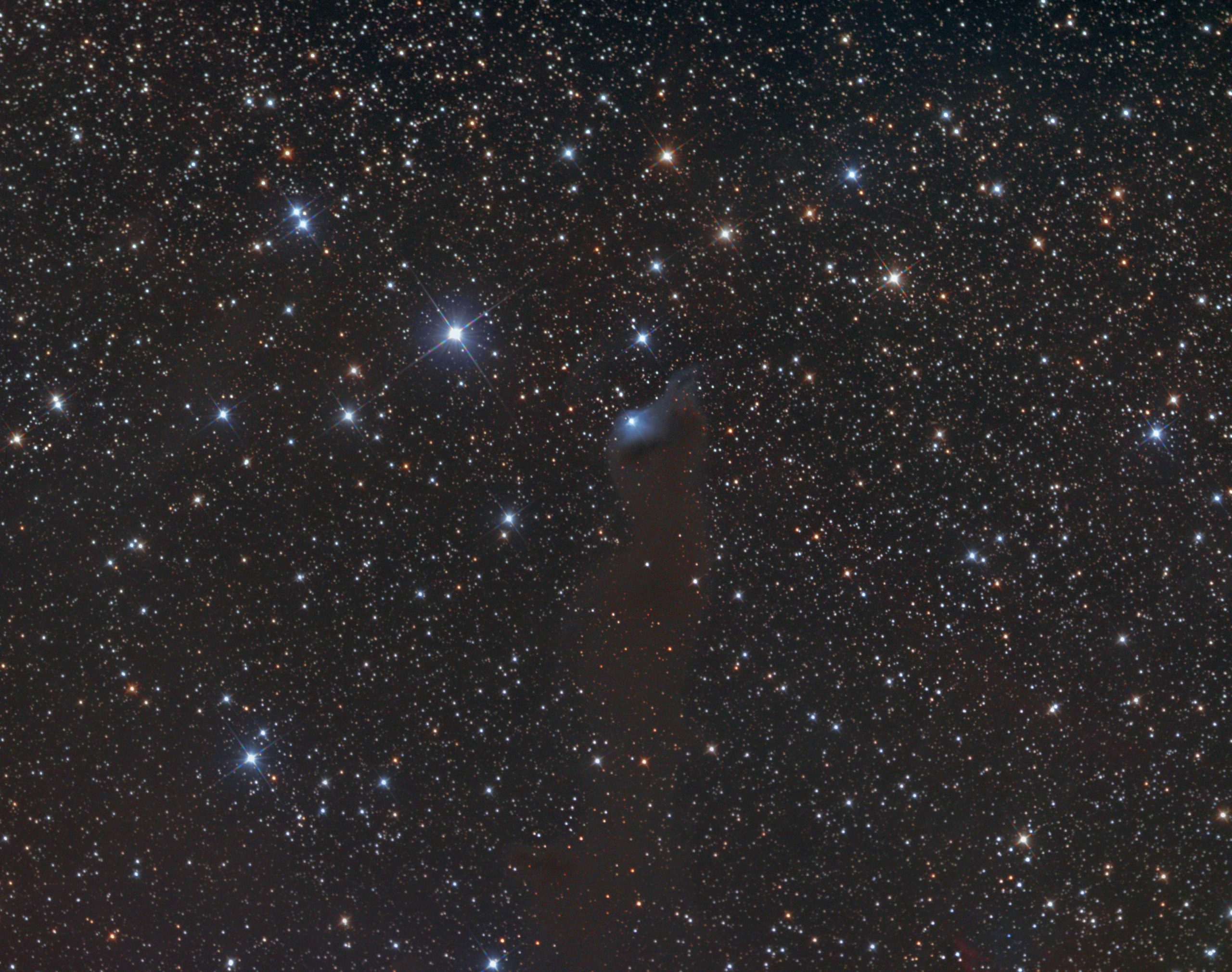 【VDB152】
【VDB152】
Details:
The very faint Van Deb Bergh’s nebula 152, in the constellation of Cepheus.
Near the edge of a large molecular cloud, pockets of interstellar dust in the region block light from background stars or scatter light from the embedded bright star giving parts of the nebula a characteristic blue color. Ultraviolet light from the star is also thought to cause a dim reddish luminescence in the nebular dust.
Camera: QHY23 mono
Scope: Takahashi E130
Focal length: 430mm f/3.3
Image: LRGB
L – 8 x 600s bin 1×1
RGB – 11 x 120s each bin 2×2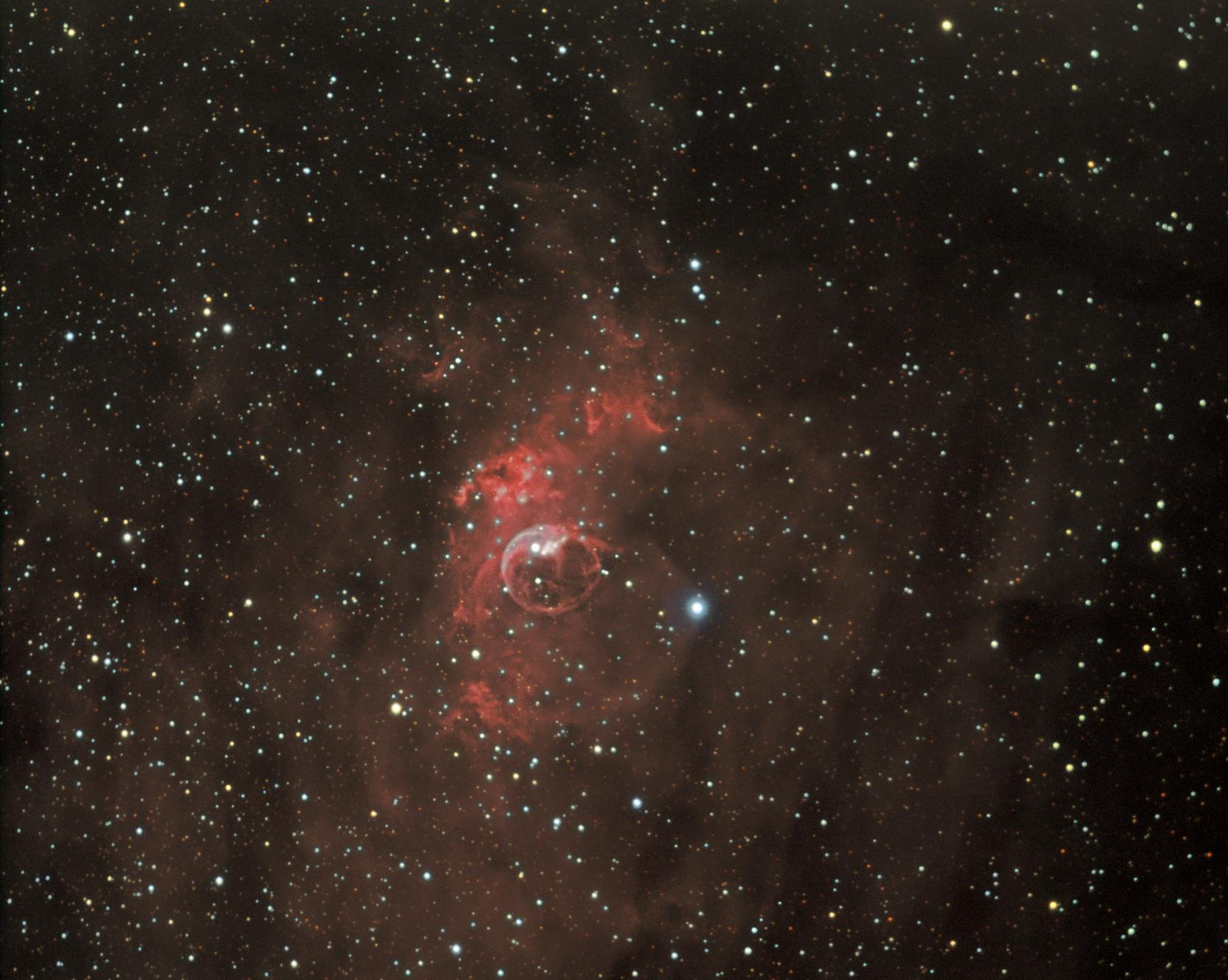 【Bubble】
【Bubble】
Details:
The Bubble Nebula in Cassiopeaia.
Combined using Ha+Oiii for Luminance, Red+Ha, Green, Blue+Oiii.
Taken 18/04/2015 from Cumbria (UK).
Camera: QHY23
Scope: Skywatcher MN190
Focal length: 1000mm f/5
Exposures: (all binned 2×2)
H-Alpha: 12 x 300s
O-iii: 12 x 300s
RGB: 6 x 180s each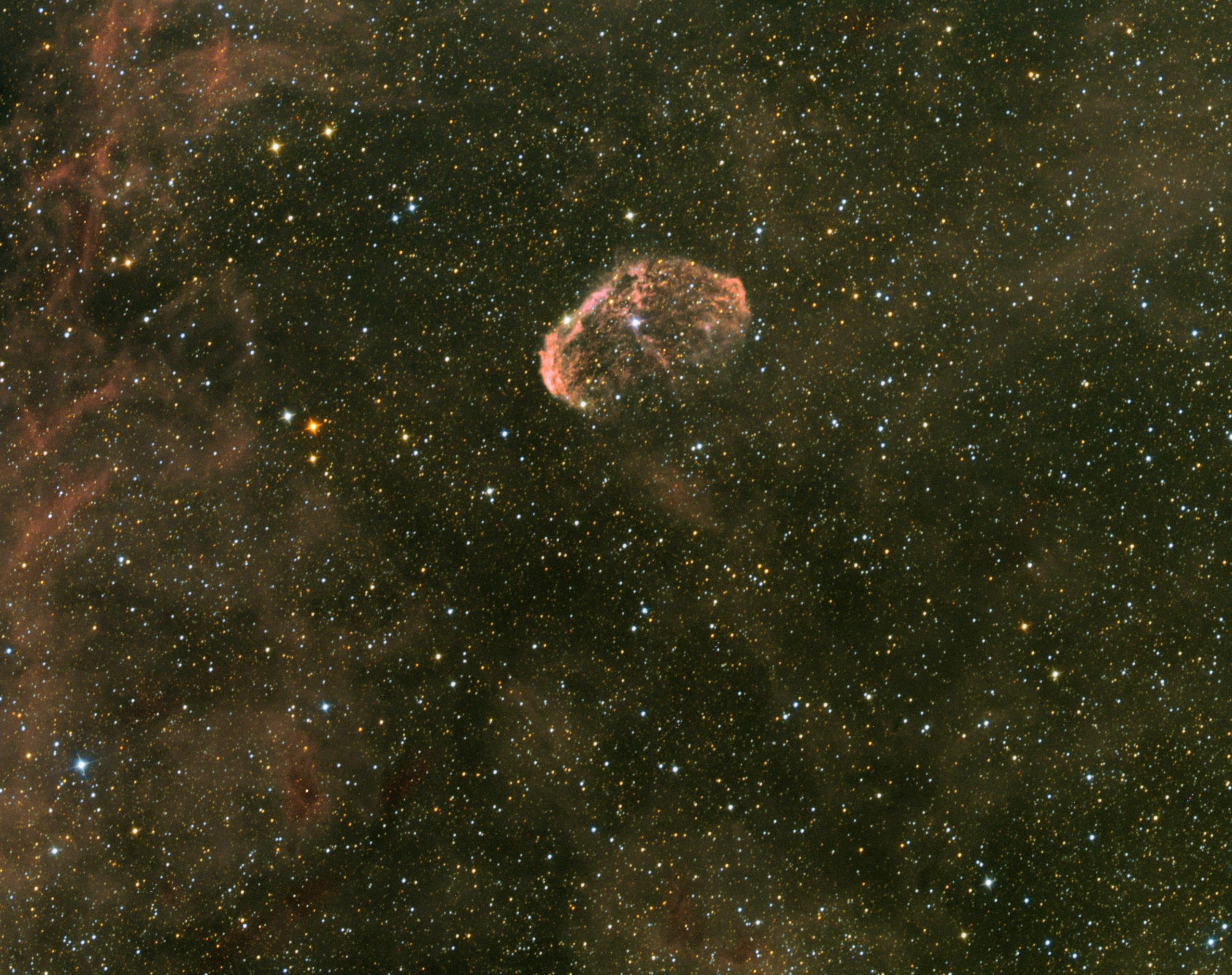 【NGC6888_v1】
【NGC6888_v1】
Details:
NGC6888 The Crescent Nebula in the fabulous Cygnus star fields
Taken 20.03.15 from Cumbria (UK).
Camera: QHY23
Scope: Takahashi E130
Focal length: 430mm f/3.3
Exposures:
H-Alpha 3 x 10 mins (bin 1×1)
RGB 6 x 3 mins (bin 2×2) each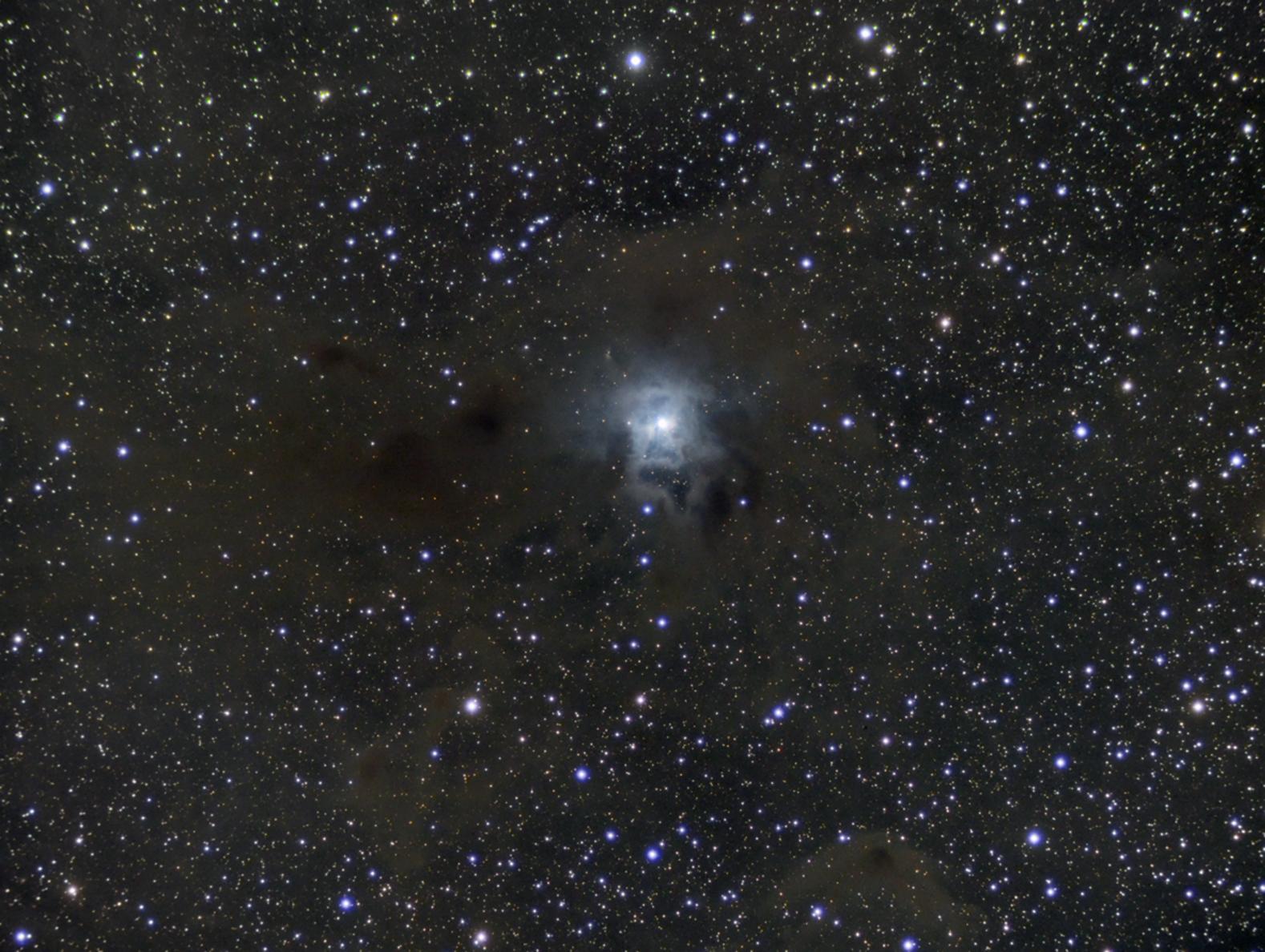 【NGC6888_v1】
【NGC6888_v1】
Details:
NGC6888 The Crescent Nebula in the fabulous Cygnus star fields
Taken 20.03.15 from Cumbria (UK).
Camera: QHY23
Scope: Takahashi E130
Focal length: 430mm f/3.3
Exposures:
H-Alpha 3 x 10 mins (bin 1×1)
RGB 6 x 3 mins (bin 2×2) each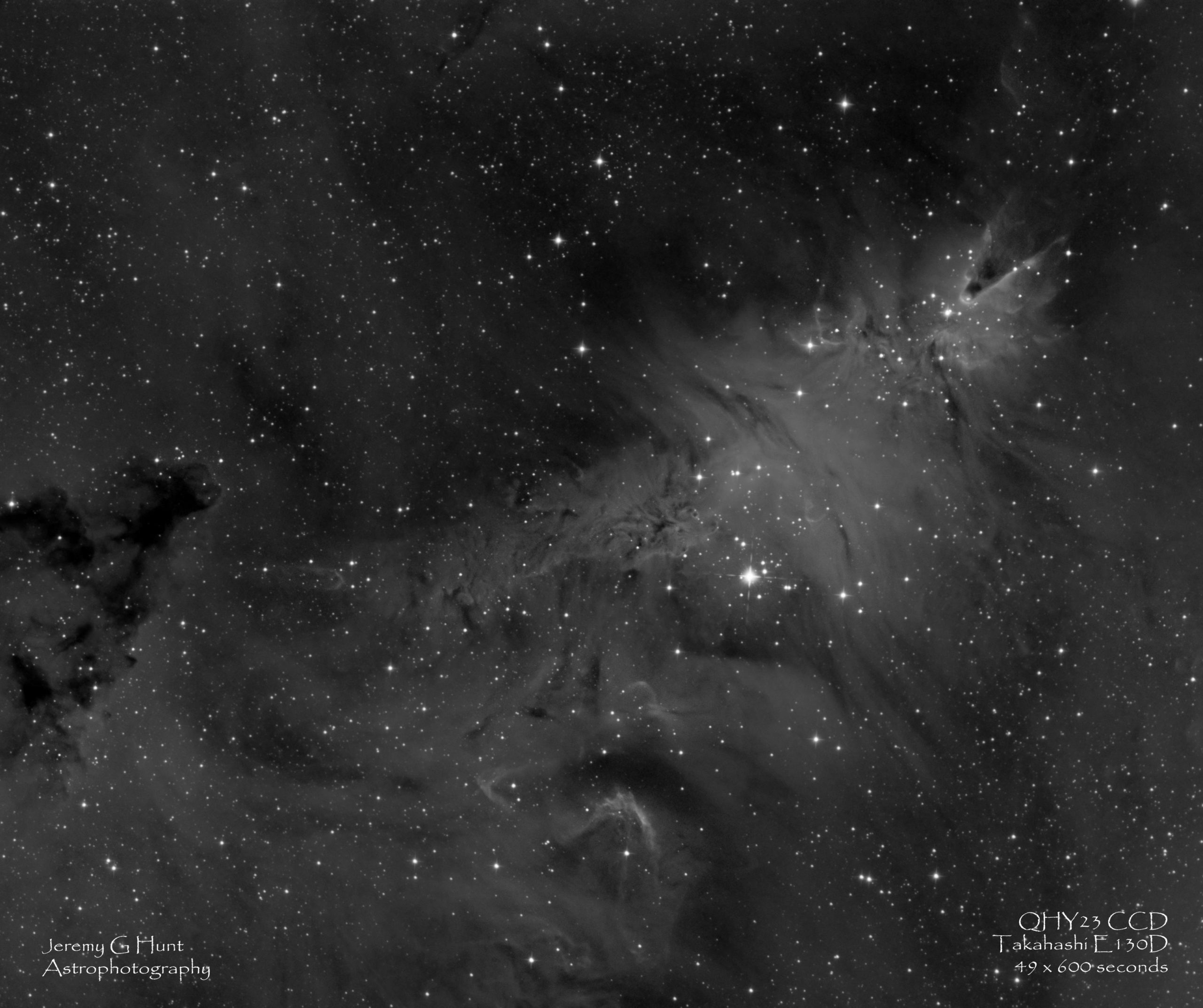 【NGC2264】
【NGC2264】
Details:
Hydrogen-alpha emission surrounding NGC2264, including the Christmas Tree nebula, Fox Fur nebula and others.
Taken over 3 years (data from 28/12/14, 10/12/17 and 16/11/18) from Cumbria (UK).
Camera: QHY23
Scope: Takahashi E130
Focal length: 430mm f/3.3
Exposure: 49 x 600s all bin1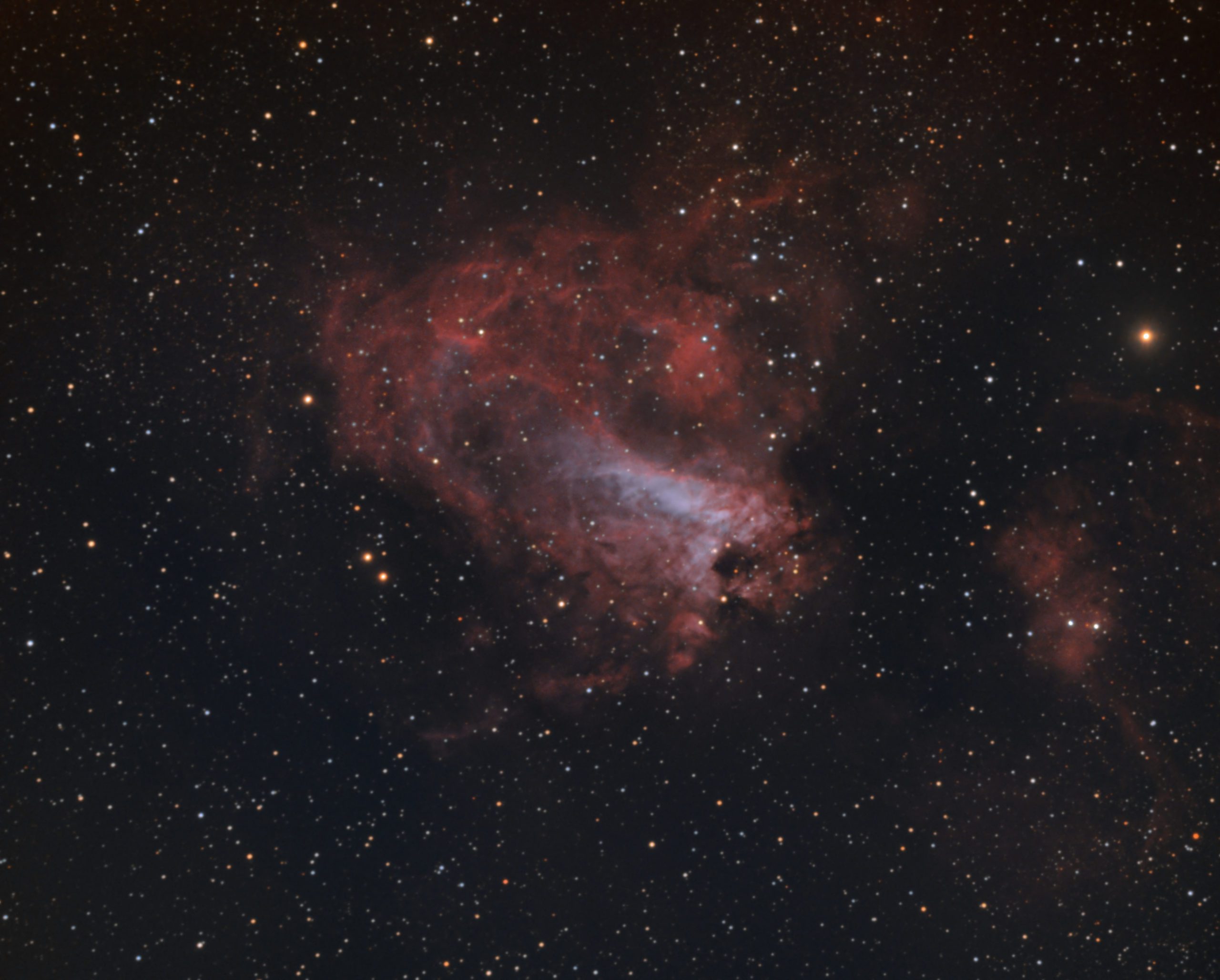 【NGC2264】
【NGC2264】
Details:
Hydrogen-alpha emission surrounding NGC2264, including the Christmas Tree nebula, Fox Fur nebula and others.
Taken over 3 years (data from 28/12/14, 10/12/17 and 16/11/18) from Cumbria (UK).
Camera: QHY23
Scope: Takahashi E130
Focal length: 430mm f/3.3
Exposure: 49 x 600s all bin1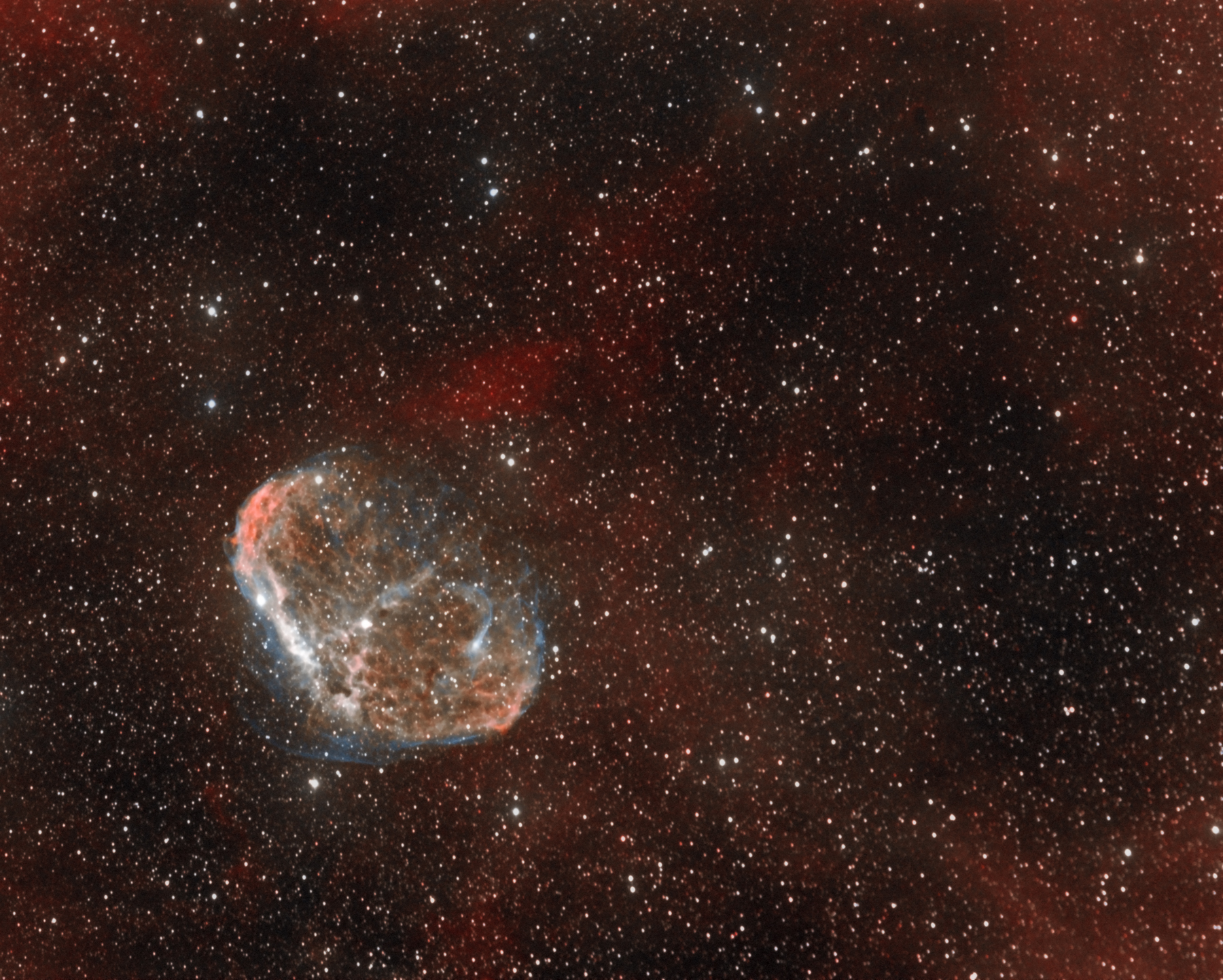 【NGC6888v2】
【NGC6888v2】
Details:
The Crescent Nebula (NGC6888) in Cygnus. This is a bi-colour narrowband image (HaOiiiOiii).
Taken 25.05.2019 from Cumbria (UK).
Camera: QHY23
Scope: Celestron C14 with Hyperstar
Focal length: 684mm f/1.9
Exposures:
Ha: 11 x 300s bin2
Oiii: 11 x 300s bin2
ngc6888_c14f2_qhy23_bin_haoiioiii


